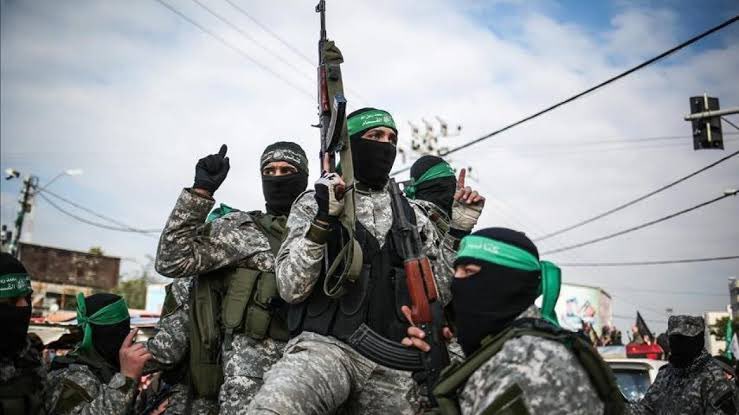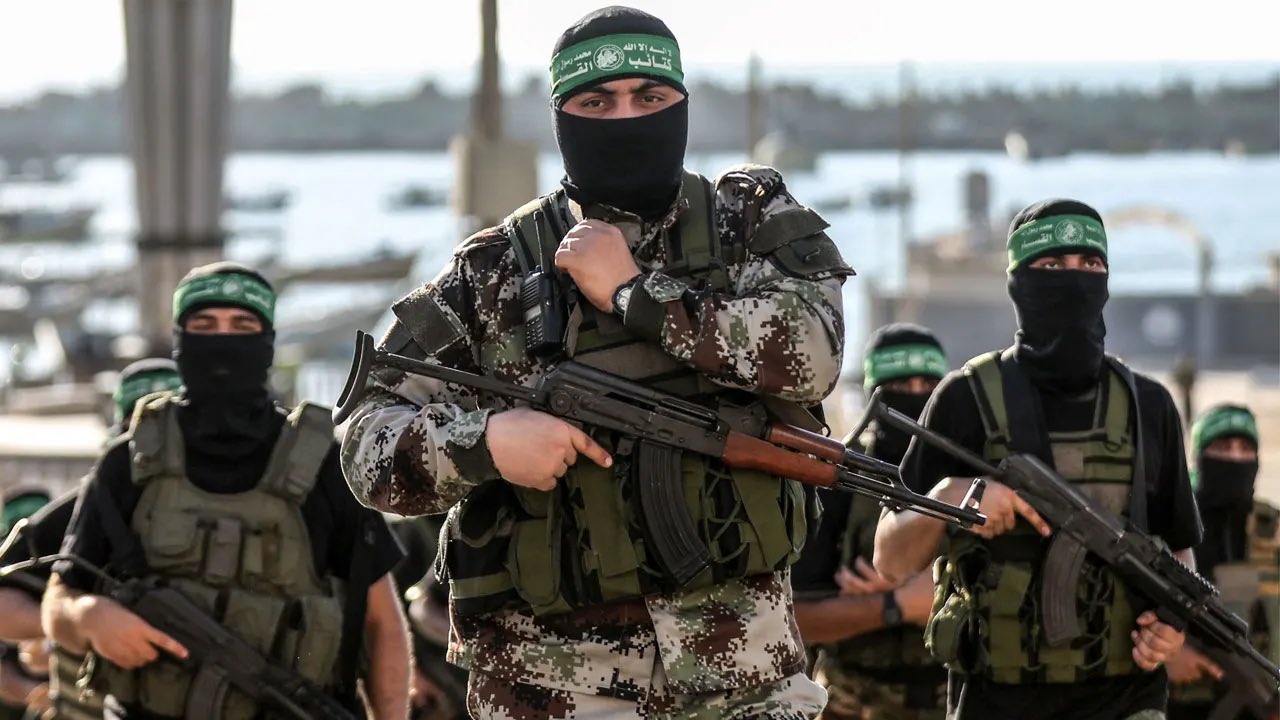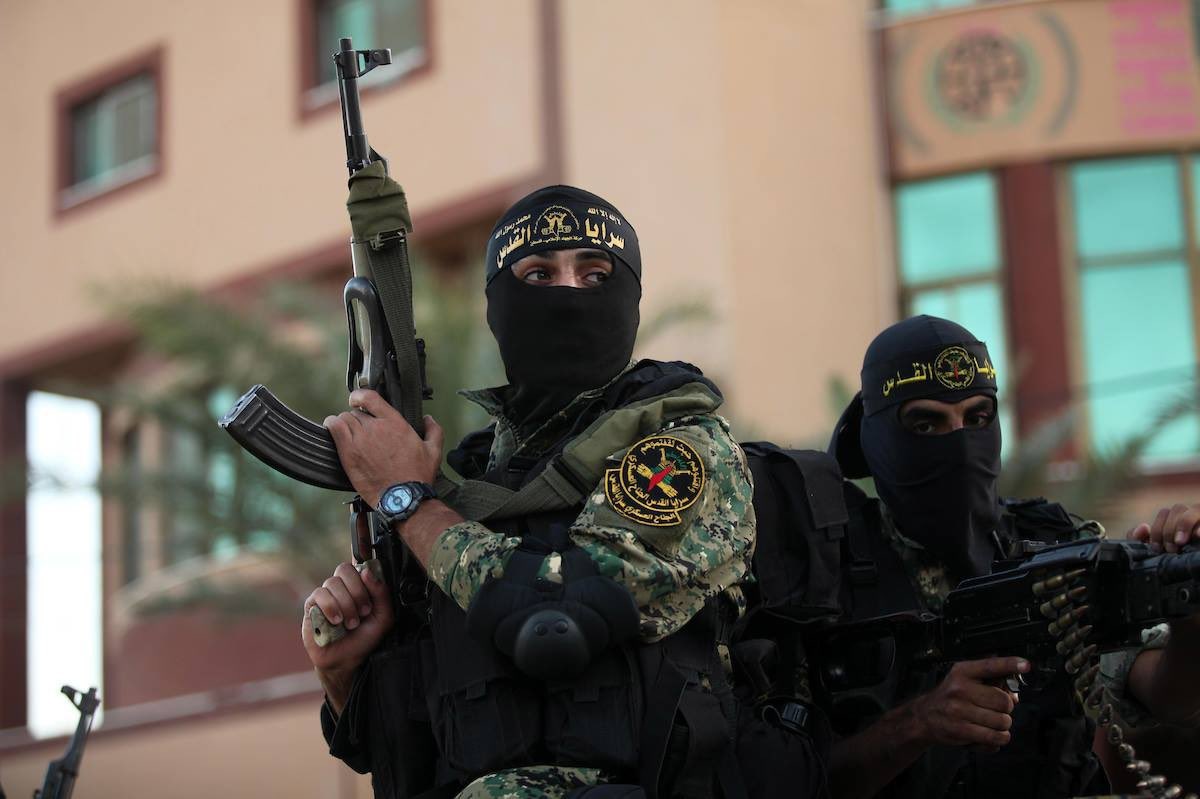Hamas: Origins and Evolution
Hamas, an acronym for Harakat al-Muqawamah al-Islamiyya (Islamic Resistance Movement), emerged in the late 1980s as a significant player in the complex geopolitical landscape of the Middle East. This article delves into the founding principles of Hamas, its historical context, and the evolution the organization has undergone over the years.
Founding Principles and Religious Foundation
In 1987, Hamas was established amidst the First Intifada, a Palestinian revolt against Israeli occupation. The organization's roots can be traced to the ideological and religious principles of the Muslim Brotherhood, an Islamic political and social movement. Hamas's foundation is deeply rooted in Islamic principles, with its charter asserting the importance of Islam as not just a religion but a way of life, guiding political, social, and economic aspects.
Resistance Against Israeli Occupation
One of the core tenets of Hamas is resistance against what it sees as the illegal occupation of Palestinian territories by Israel. The organization gained popular support by positioning itself as a defender of Palestinian rights and actively resisting Israeli forces through various means, including armed struggle.
Historical Context: First Intifada
Hamas emerged against the backdrop of the First Intifada, a mass uprising by Palestinians against Israeli rule. The organization capitalized on the dissatisfaction and frustration of Palestinians with the status quo, presenting itself as a force dedicated to fighting against Israeli oppression.
Oslo Accords:
The signing of the Oslo Accords in the early 1990s marked a turning point. While some Palestinian factions, including the Palestine Liberation Organization (PLO), engaged in peace talks with Israel, Hamas rejected the accords, viewing them as a betrayal of the Palestinian cause. This rejectionism solidified Hamas's image as a resistance movement opposed to negotiations with Israel.
Evolution Over the Years: Political Engagement
In the 2000s, Hamas underwent a notable shift by participating in Palestinian elections. In 2006, the group won a majority in the Palestinian Legislative Council elections, surprising many observers. This move marked a transition from purely armed resistance to political engagement, raising questions about the group's future direction.
Governance in Gaza
Hamas's subsequent takeover of the Gaza Strip in 2007 further transformed its role. The organization shifted from being solely a resistance movement to a governing entity, raising challenges and dilemmas for its leadership. Governing responsibilities brought both international isolation and internal criticism, but Hamas continued to consolidate its control over Gaza.
Regional Dynamics
Hamas's relationships with regional actors, particularly Iran, have influenced its trajectory. While Iran provides financial and military support, other regional powers view Hamas with suspicion. Navigating these geopolitical dynamics has been integral to the group's evolution.
Hamas's journey from its inception during the First Intifada to its current role as a major political and military player in the Palestinian territories has been marked by complex ideological shifts and pragmatic adaptations. Understanding its origins and evolution is crucial for comprehending the intricate dynamics of the Israeli-Palestinian conflict and the broader geopolitics of the Middle East.
Challenges and Controversies
Hamas has faced internal challenges, particularly in reconciling its diverse support base. The organization includes both military and political wings, and differences have arisen over the prioritization of armed resistance versus political engagement. Balancing the expectations of its constituents has been a constant struggle for Hamas leadership.
Humanitarian Concerns
The governance of Gaza by Hamas has been marred by humanitarian concerns. The territory faces economic hardships, and international aid has often been hindered by Hamas's designation as a terrorist organization by various countries. This has led to a complex situation where the population of Gaza bears the brunt of both Israeli policies and internal governance challenges.
International Isolation
Hamas's refusal to recognize Israel's right to exist and its involvement in armed conflict have resulted in international isolation. The organization's designation as a terrorist group by several countries has limited its diplomatic options, making it challenging to find a resolution to the Israeli-Palestinian conflict through traditional diplomatic channels.
Future Prospects: Reconciliation Efforts
Hamas has engaged in intermittent talks with its rival, Fatah, in efforts to reconcile and establish a unified Palestinian front. The success of such initiatives remains uncertain, as longstanding disagreements persist over issues such as the approach to negotiations with Israel and the distribution of power.
Regional Dynamics
Hamas's relationships with regional actors will continue to shape its future. As the geopolitical landscape evolves, particularly with changing alliances and power dynamics in the Middle East, Hamas may find itself navigating new challenges and opportunities in its pursuit of Palestinian self-determination.
International Diplomacy
Efforts to engage with the international community and redefine its image could play a pivotal role in Hamas's future. Softening its stance on certain issues, such as recognizing Israel, might open avenues for diplomatic dialogue and potentially alleviate the humanitarian situation in Gaza.
Hamas's origins and evolution illustrate a multifaceted journey influenced by religious, political, and regional dynamics. The organization's ability to navigate internal challenges, international isolation, and the changing geopolitical landscape will significantly impact the future trajectory of the Israeli-Palestinian conflict. As the world watches, the question remains: Can Hamas transform from a resistance movement to a sustainable political entity capable of leading its people towards a just and lasting resolution in the region? The answer lies in the complex interplay of historical forces and the choices made by its leadership in the coming years.
Adapting Strategies: Social and Economic Development
To gain broader legitimacy and support, Hamas might focus on social and economic development in the territories it governs. Investing in infrastructure, healthcare, and education could improve living conditions for Palestinians, potentially garnering local and international support. This shift toward governance with a focus on the welfare of its people could redefine Hamas's image.
Pragmatic Diplomacy
Hamas may explore more pragmatic diplomatic approaches, acknowledging the need for compromise in the pursuit of Palestinian statehood. A nuanced stance on issues such as the two-state solution and recognition of Israel could open avenues for dialogue, diminishing its pariah status and fostering potential alliances.
Ceasefire and Conflict Resolution
Continued armed resistance risks further international condemnation and undermines the prospects of a peaceful resolution. A commitment to ceasefires and a genuine effort toward conflict resolution could reshape global perceptions of Hamas. Such a shift might pave the way for renewed peace talks and international mediation.
External Influences: and Changing Alliances
The evolving alliances in the Middle East may offer new opportunities or challenges for Hamas. Shifts in regional dynamics, including changes in the relationships between key players like Iran and other Arab states, could impact Hamas's access to resources, support, and the overall political landscape.
International Mediation
International actors, including the United Nations and regional powers, could play a crucial role in facilitating dialogue between Hamas and Israel. Broader diplomatic initiatives, backed by incentives for cooperation and consequences for non-compliance, might provide a framework for resolving the longstanding conflict.
Grassroots Movements
Engaging with grassroots movements and civil society organizations could strengthen Hamas's legitimacy. Building alliances with non-violent advocacy groups and incorporating a broader spectrum of voices into the decision-making process may contribute to a more inclusive and sustainable approach to Palestinian self-determination.
Challenges and Opportunities Ahead
Hamas stands at a crossroads, facing a delicate balance between its historical resistance roots and the demands of contemporary governance and diplomacy. Negotiating this balance will be challenging, requiring adaptability and strategic decision-making. The coming years will reveal whether Hamas can transform itself into a political force capable of addressing the needs and aspirations of the Palestinian people while navigating the complex geopolitical realities of the Middle East. The world watches with a mix of skepticism and hope as Hamas continues its journey of evolution in the pursuit of a just and lasting resolution to the Israeli-Palestinian conflict







.png)





